
Androstenedione Test
Androstenedione is a steroid hormone that acts as a precursor to testosterone and estrogen. Produced primarily in the adrenal glands, ovaries, and testes, it plays a critical role in the synthesis of sex hormones. Measuring androstenedione levels in the blood provides valuable insights into various endocrine disorders, including those affecting the adrenal glands and gonads.
What is the Androstenedione Test Used For?
The Androstenedione test is utilized for:
- Evaluating Hormonal Imbalances: Identifying disorders related to excess or deficient androgen production.
- Diagnosing Adrenal Gland Disorders: Assessing conditions such as congenital adrenal hyperplasia (CAH).
- Monitoring Polycystic Ovary Syndrome (PCOS): Determining androgen excess in females.
- Investigating Early or Delayed Puberty: Evaluating abnormal puberty patterns in children.
- Monitoring Androgen-Producing Tumors: Supporting the diagnosis of adrenal or ovarian tumors.
Symptoms Indicating the Need for the Test
This test may be recommended if you experience:
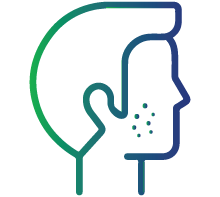
Early or delayed onset of puberty in children

Excessive facial or body hair (hirsutism) in women
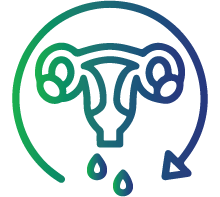
Irregular menstrual cycles or absence of periods (amenorrhea) in women

Deepening of the voice in women
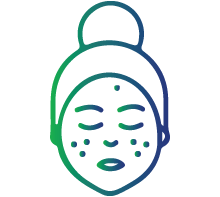
Persistent acne in women
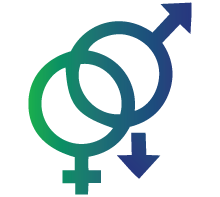
Symptoms of androgen deficiency in men, such as low libido or fatigue
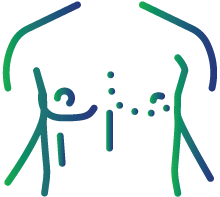
Breast tissue development (gynecomastia) in men
Preparation for the Test
Follow these guidelines for accurate results:
- Fasting: Fasting is not typically required, but confirm with your healthcare provider.
- Timing of the Test: Hormone levels fluctuate, so testing in the morning may be recommended.
- Medication Disclosure: Inform your doctor about any medications or supplements, as they may influence hormone levels. A blood sample will be drawn from a vein in your arm for analysis.
Interpretation of Results
Results are reported in nanograms per deciliter (ng/dL) or other standardized units, with normal ranges varying slightly between laboratories.
- Elevated Androstenedione Levels:
- May indicate conditions such as PCOS, congenital adrenal hyperplasia, or androgen-producing tumors.
- Decreased Androstenedione Levels:
- Could be associated with adrenal insufficiency or hypopituitarism.
Results should be interpreted alongside other tests and clinical evaluations for a comprehensive understanding.
FAQs
What does androstenedione indicate about my health?
Androstenedione levels reflect the balance of androgen production, which can signal hormonal imbalances or specific endocrine disorders.
Can this test diagnose PCOS on its own?
No, while it helps assess androgen excess, diagnosing PCOS requires evaluating symptoms, ultrasound findings, and other hormone levels.
Are there factors that can affect androstenedione levels?
Yes, factors like age, menstrual cycle phase, pregnancy, or medications (e.g., steroids) can influence levels.
How long does it take to get test results?
Results are typically available within 1–3 days, depending on the laboratory.
What are the follow-up steps for abnormal results?
Further testing may include additional hormone panels, imaging studies, or genetic testing, depending on the suspected condition.

